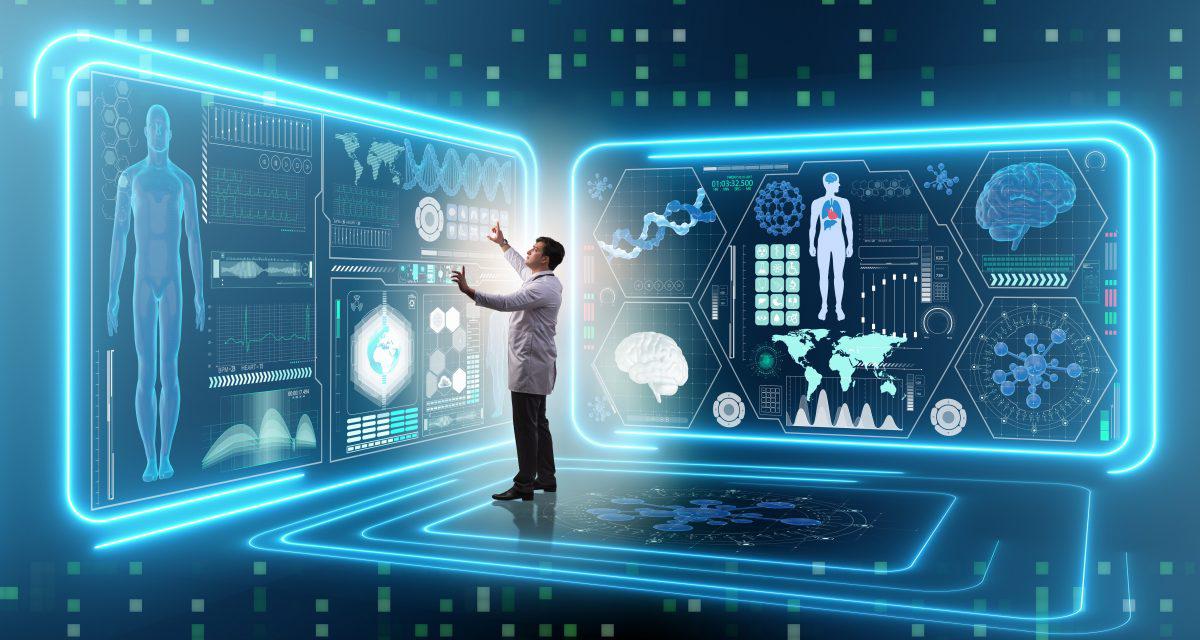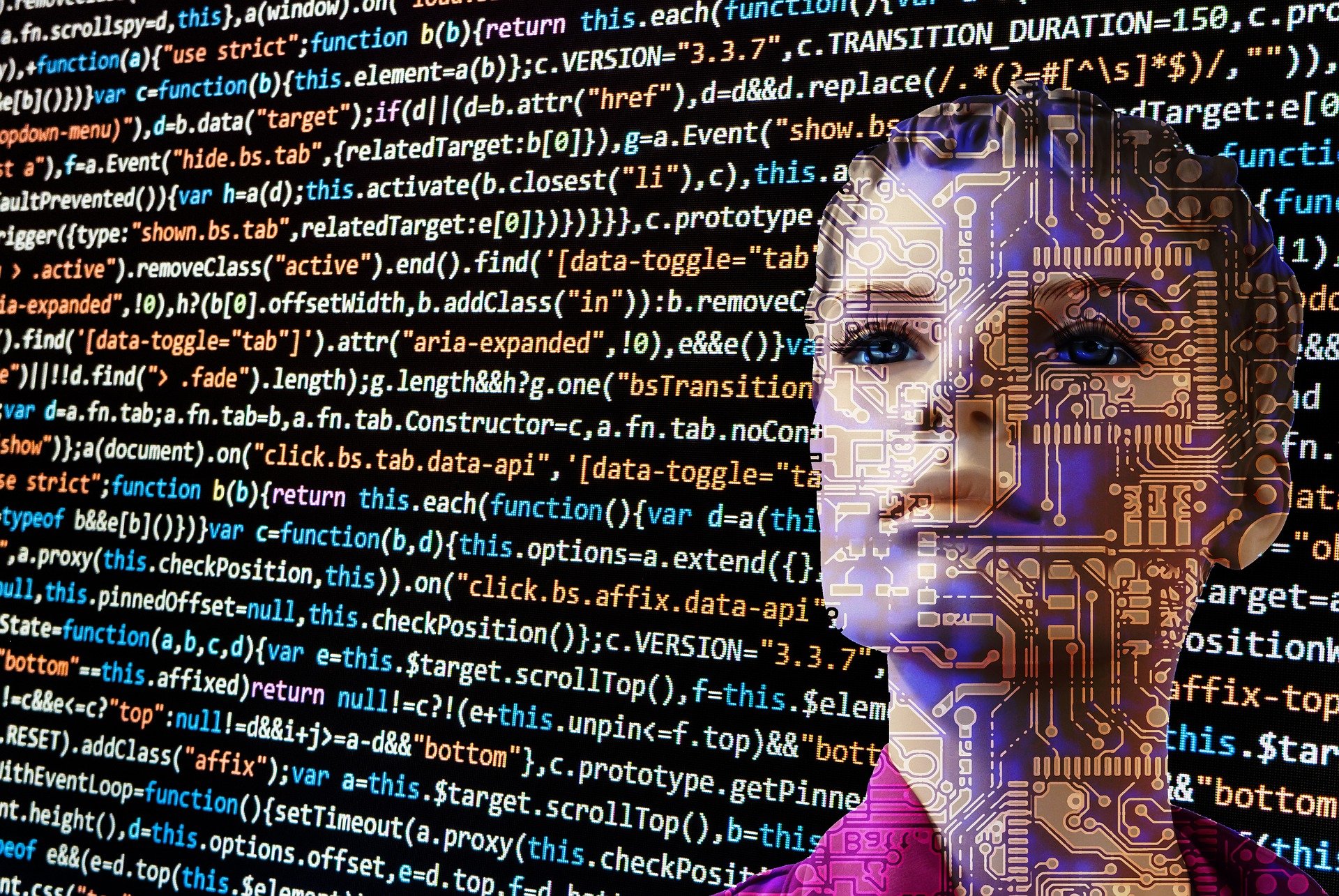
The potential of NLP to transform healthcare in near future
Recent advances have the capabillity such as NLP to transform healthcare industry. Healthcare is going a havoc change gradually. Artificial intelligence will play a crucial role in it.
Artificial Intelligence
Put simply, artificial intelligence (AI) is an umbrella term covering a broad category of methodologies and techniques that machines use to perform tasks and activities that require the application of human intelligence. In its simplest form, AI can act as a rule engine, applying user-defined logic and parameters to simplify the decision-making process. For example, a rules engine can be configured to alert clinical staff if a patient’s biometric data exceeds a critical value; or can narrow the diagnosis based on the symptoms exhibited by the patient by mapping a database of symptoms and validated disease data. AI chatbots have gone beyond simple keyword recognition to understand the intricacies and nuances of ordinary conversations, simplifying administrative tasks such as scheduling and billing, and also improving the patient experience. Recent findings in diabetic retinopathy screening and lung cancer detection have begun to provide important decision support with the potential to save countless lives.
Machine Learning
Early AI was limited by manually entered values, weights, and parameters: computers could diagnose rare diseases or predict drug interactions faster than any human, but only if the model was manually configured with the relevant diagnostic or interaction parameters. Machine learning (ML) is a subset of artificial intelligence that allows computers to independently generate models by analyzing large data sets without direct human guidance. ML analyzes curated data sets to identify relationships between objects (exhibitions) and labels (outcomes) in structured learning environments or discovers their own associations between objects in unstructured learning environments. Due to the adaptive nature of machine learning, it is highly dependent on accessing different types of data sets. The training data set is used to develop the model, the validation data set is part of the training data set used to measure the accuracy and skill of the model, and the test data set provides an opportunity to evaluate the model with independent data unrelated to any training data set.
We have written about the challenges of unstructured health data. While free text notes and medical images can provide important information about a patient’s condition, this type of unstructured data is difficult to collect or analyze on a large scale without resource-intensive transcription and translation becoming more structured. As a discipline within artificial intelligence that focuses on understanding human interactions and language meaning, NLP enables computers to understand and classify unstructured data by deriving meaning from natural language, images, and other forms of unstructured or nonstandard data. NLP models can work and also NLP to transform the healthcare in near future. In conjunction with other analytical tools to extract large databases from previously inaccessible unstructured databases to identify population-level trends and flag individual patients for manual review NLP models can work.
HealthSnap is the first and foremost healthcare company. Our technology is driven by patient, clinic and business needs with the aim of improving health outcomes and enabling providers to deliver effective and efficient care and services to our customers. We use many of the technologies described above to translate lifestyle data into standard lifestyle profiles, provide service providers with actionable dashboards, and identify patients at risk for timely preventive care.
As in other industries, this technology is expected to continue to grow rapidly in the years to come. Innovation begins with intuition and seeing challenges in a new way. Amid uncertainty and unprecedented change in the healthcare sector, stakeholders are looking for new ways to change care pathways.
Virtual healthcare spaces are becoming more and more important over time. Health care professionals are constantly bombarded with records of transcripts, data, statistics, reports, and more – information that needs to be digitally filtered and organized to be useful and understandable. The urgency presented by this pandemic is fueling innovations that are already starting to transform healthcare. AI (Artificial Intelligence) and NLP (Natural Language Processing) are no longer distant possibilities, but urgent needs. Also NLP to transform the healthcare, it has begun.
AI and NLP provide a bridge between healthcare and technology in several ways. Artificial intelligence can be used to implement virtual healthcare assistants, drive cost-cutting efforts, and help medical professionals make the most of their time. While AI cannot replace medical professionals, it can lighten the burden of their already challenging responsibilities. It can use large-scale data to quickly and accurately analyze symptoms and more, giving doctors more time to spend on other meaningful activities.
NLP working ways
NLP can help you understand unstructured or complex text. It performs the difficult task of sorting that text, identifying words and phrases to help doctors simplify their understanding and speed up diagnosis and prescriptions. This enables better communication between researchers, data analysts, medical professionals, and even software vendors, increasing efficiency and communication within the healthcare ecosystem.
We are just beginning to see the effects of this technology. It takes time to consolidate all data found in the healthcare room. Eventually, however, we will see a new era of speed, accuracy and efficiency in healthcare technology that will take us to new and unimaginable levels.
Natural language processing (NLP) has emerged as a promising solution to this problem, creating an efficient and effective way to understand and analyze this unstructured data. By discovering the intricacies of human language using artificial intelligence, NLP solutions can interpret expressions, variations, ambiguities, and implicit meanings of medical dictation, notes, and other unstructured clinical data to make this data usable to make decisions about services and payments scale.
For healthcare applications, the value of NLP lies in its ability to understand grammar, syntax, context, and intent, particularly around the esoteric nature of clinical language. Must understand complex medical jargon, organization-specific language, abbreviations and abbreviations, etc., which are only found in health care facilities.
Clinically oriented NLP can decipher context-based coding in patient records, language analysis, named entity recognition, part-of-speech labeling, sentiment analysis, and disambiguation and will work NLP to transform healthcare. Effective healthcare-specific NLP can record and document problems and reject issues with contextual attributes, and even set levels of certainty and temporality, all automatically and in a format usable for multiple applications.










